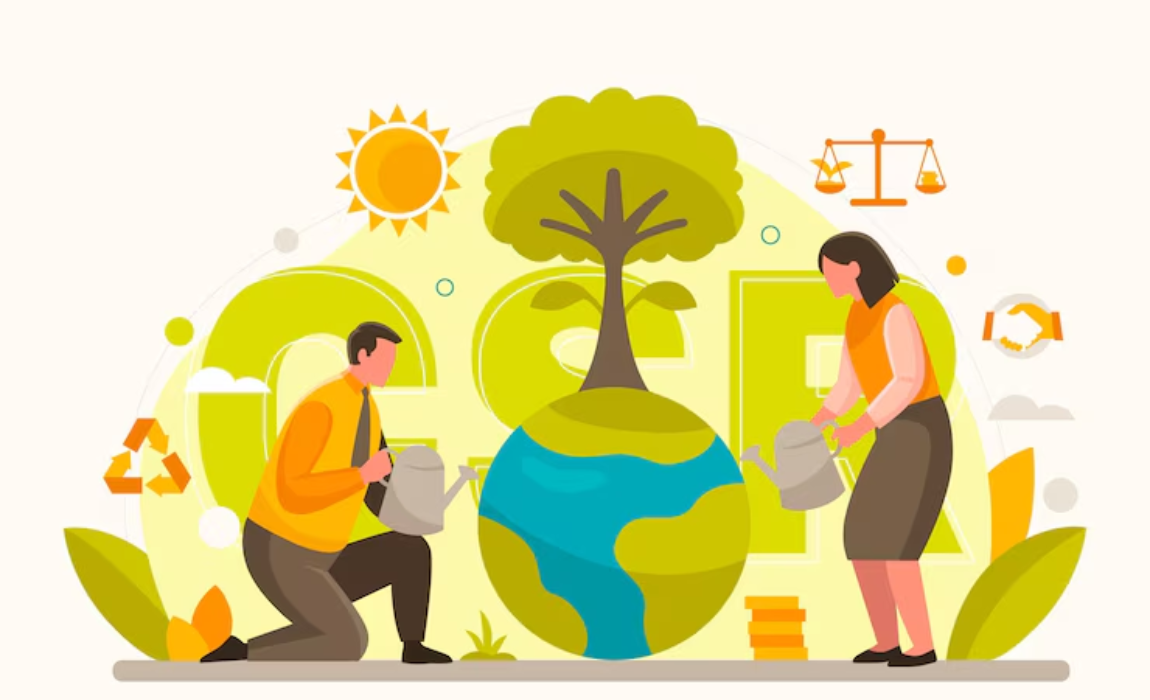
The Role of PIL in Ensuring Environmental Justice
In a country as vast and ecologically diverse as India, the environment is both a national asset and a shared responsibility. Yet, it is also one of the most exploited resources, often sacrificed at the altar of development. In this scenario, Public Interest Litigation (PIL) has emerged as a powerful tool in the hands of citizens, activists, and the judiciary to protect the environment and uphold the rights of those who cannot always speak for themselves—rivers, forests, animals, and marginalized communities.
Introduced in the late 1970s and early 1980s, PIL radically transformed the idea of who could approach the courts. It allowed any concerned citizen to seek justice not just for personal grievances, but for public causes. Nowhere has this tool been more impactful than in the area of environmental protection.
The Indian judiciary, especially the Supreme Court and High Courts, has used PILs to great effect in safeguarding the environment. Landmark judgments such as M.C. Mehta v. Union of India laid the foundation for environmental jurisprudence in India. From fighting industrial pollution in the Ganga, to regulating vehicular emissions in Delhi, and banning harmful substances like asbestos and firecrackers, PILs have enabled courts to intervene where executive action was weak or absent.
One of the most important contributions of PILs is that they have made environmental issues justiciable. Earlier, environmental degradation was seen as a scientific or policy matter, best left to governments and experts. PILs changed that. They helped bring environmental concerns within the ambit of Article 21 of the Constitution, which guarantees the right to life and personal liberty. The courts have interpreted this to mean the right to a clean and healthy environment.
But PILs have done more than just enforce existing laws. They have pushed the government to make new policies, implement old ones, and act on environmental impact assessments, waste management, conservation plans, and more. In many cases, courts have even stepped in to monitor compliance, creating a form of judicial environmental governance.
Yet, this powerful tool comes with challenges. In recent years, the PIL space has seen a rise in frivolous or publicity-driven petitions, some filed with the intent of stalling development projects or serving private interests. The courts have become more cautious, emphasizing that PILs must be used with genuine concern and careful scrutiny. Judicial time and attention must not be diverted from real issues to address mere media drama.
There is also the risk of judicial overreach, where courts start substituting their own judgment for that of environmental experts or regulatory agencies. While judicial intervention is necessary where executive failure is evident, it should not become routine. Environmental governance works best when all three pillars—judiciary, executive, and civil society—work in harmony, not in conflict.
Still, the contribution of PILs to environmental justice in India is undeniable. They have given voice to forest dwellers resisting illegal mining, to fishermen affected by coastal erosion, to citizens gasping under toxic air. They have helped in cleaning rivers, protecting wildlife, and holding polluters accountable.
In a time of climate crisis, urban pollution, and disappearing green cover, environmental PILs are more relevant than ever before. But they must be used wisely—with sincerity, backed by facts, and with respect for institutional boundaries.
In conclusion, PILs have been a beacon of hope in India’s journey towards environmental justice. They remind us that the environment is not just a matter of policy, but a matter of rights—and that in a democracy, even rivers and trees can find a voice through the courts.
Justice, after all, is not just for humans. It’s for the earth we share.
